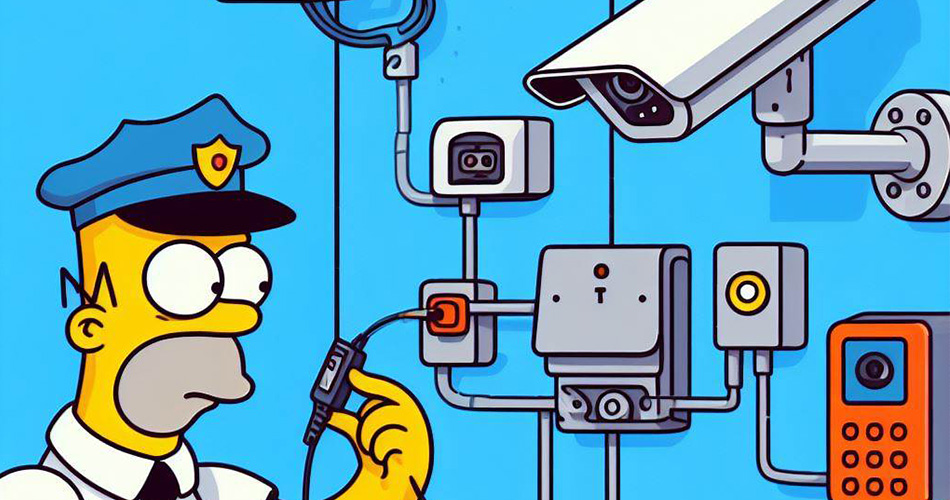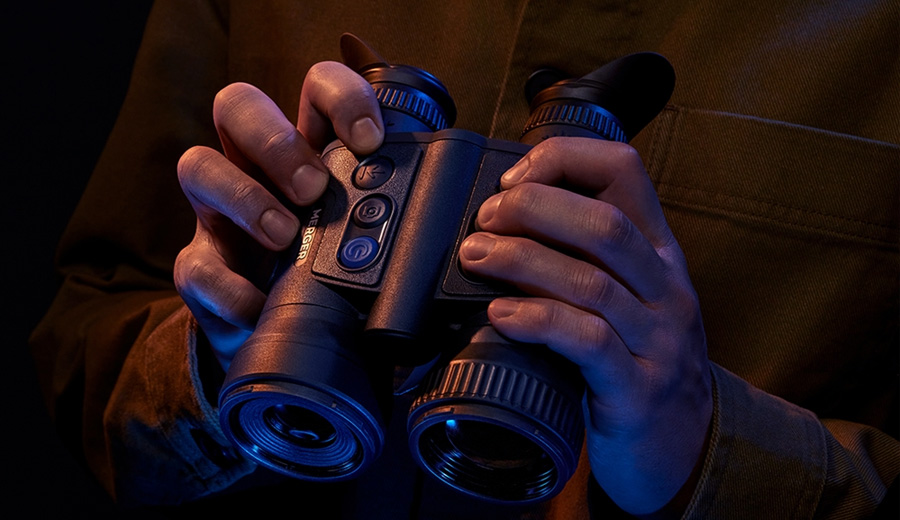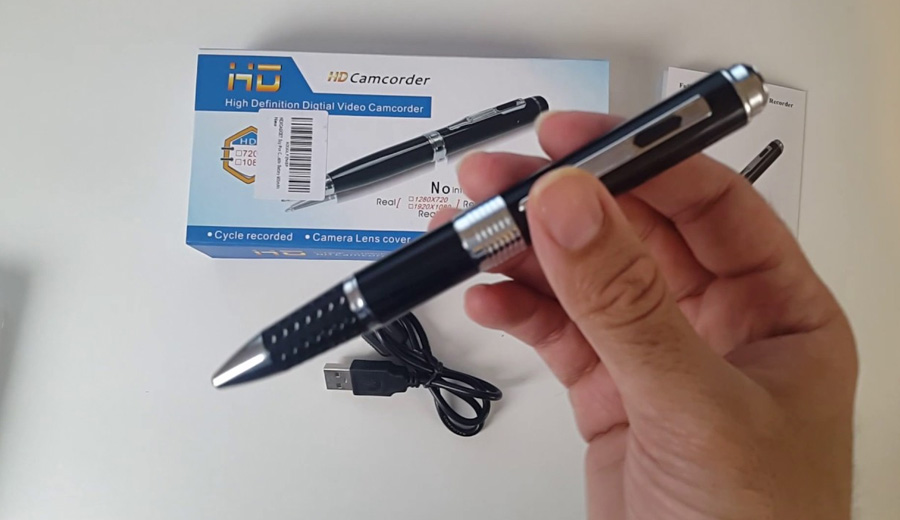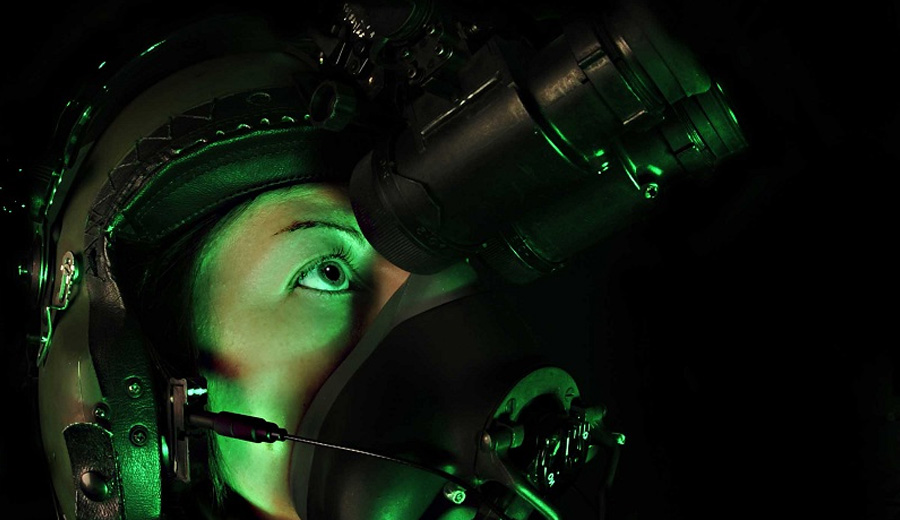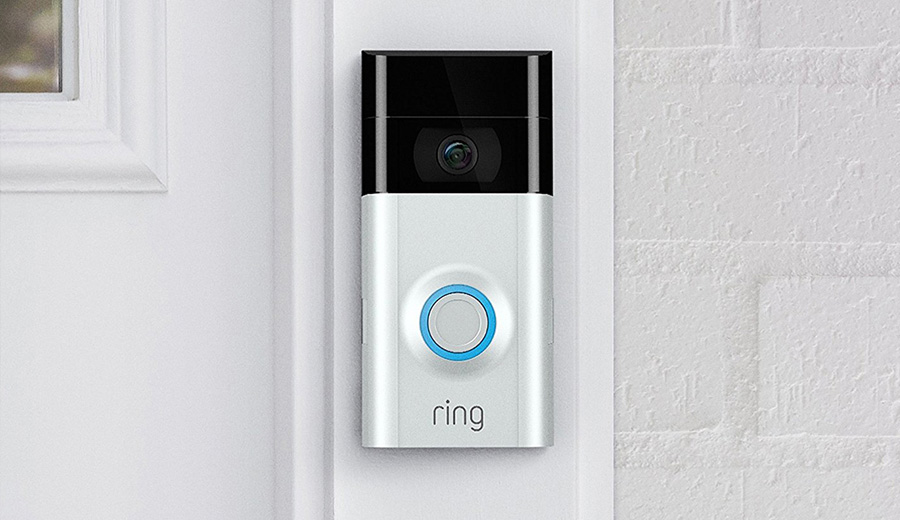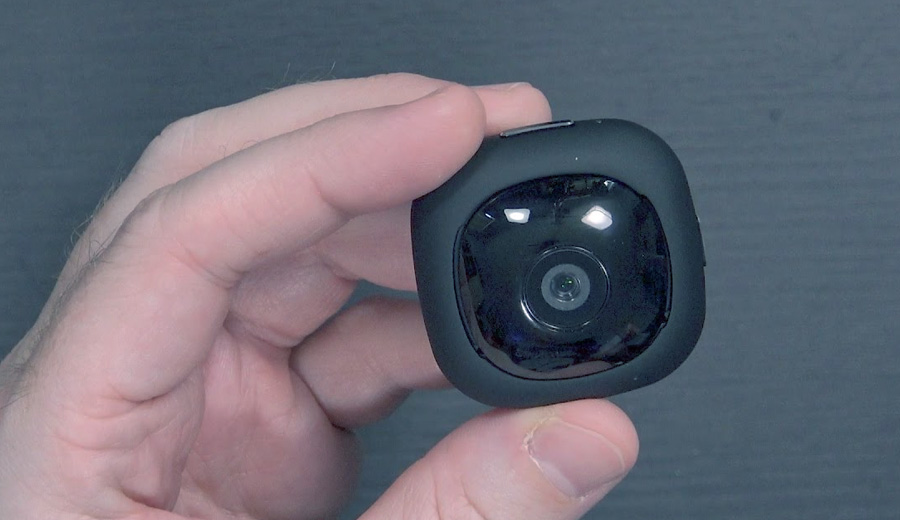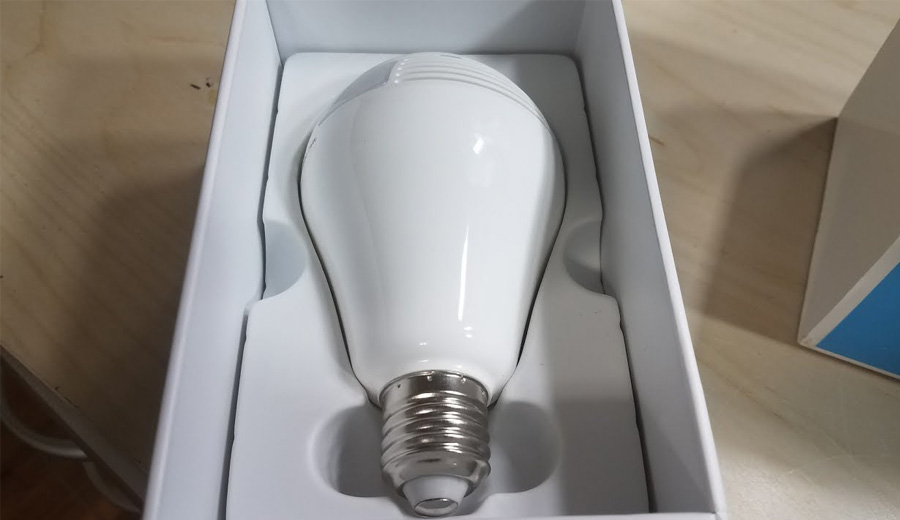What is an IP camera?
IP or Internet Protocol camera is a type of security camera with its own IP address that connects via PoE cable or Wifi to send video surveillance footage over the internet to a PC, NVR or DVR system.
IP cameras are used in professional, as well as, home environment. Many types of businesses, like retail stores, business offices, banks or military all use IP cameras.
The beauty of these devices is that they can be plugged into a computer and charge off of it. Meaning, there’s no need for external power source.
Often these cameras use PTZ function, which simply stands for Pan, Tilt, Zoom. It literally allows you to perform all these 3 movements remotely, via internet without being present near the camera.
You might say that IP cameras sound pretty much like a regular web cam. And in fact, you’d be correct. They do act a lot like regular webcams, except they’re their own separate device, with their own IP address, so you can move it anywhere you want.
Wireless IP Cameras for Outdoors
Now, if we’re talking about outdoor surveillance, you shouldn’t have a problem wiring the outdoor camera mounted to your house. IP cameras connect with cables directly to your computer or another access point you designate, like digital video recorder or network video recorder.
However, in some instances, you may not want to mess with long cables stretching all the way to your house. In such case, there are wireless IP cameras. These can be placed almost anywhere, like a treehouse, a barn, or whatever your imagination suggests. They connect to a network in pretty much the same way.
Main Types of IP Cameras
- PTZ IP Camera – As mentioned before, PTZ stands for pan, tilt, zoom. And it does literally just that. You can move it around, zooming in to various objects outside, live, from another location. Such cameras often used to monitor large public spaces, as it gives ability to adjust field of view as well as zoom in.
- Fixed IP Camera – These cameras are pretty much like your average CCTV cameras. They operate in a static position. The cost is usually lower compared to PTZ cams. They require less bandwidth. These are used indoors and outdoors as well.
- PoE/IP Camera – They use ethernet cable to connect to a PC or other recording device. These are great choice for someone who wants to monitor their home from their own server.
- Wireless IP Camera – We’ve covered this earlier, but as the name suggests, these are non-wired cameras that can be more versatile. They connect to wifi router to transmit data.
What to Look for when Buying an IP Camera?
Built-In Storage – Does the camera have built-in storage unit? In some cases, you’ll find IP cameras with their own internal storage space. Ideally, you’d want larger storage (SSD, HDD) to keep recorded footage longer. In some areas, you’re required by law to keep surveillance recordings for a certain period of time, demanding a certain capacity storage to begin with.
Cloud Storage – Nowadays, everything is moving towards cloud. It offers unparalleled convenience. Scaling your security cameras becomes a breeze. You don’t need to worry about storage space, as all data is stored in the cloud and can be access from anywhere in the world.
Data Encryption – Especially in security environment, having stronger measures is important to keep your system protected. The level of data encryption you use, determines how secure your IP camera system is. At rest encryption encrypts data while residing in the camera itself. In transit encryption secures the data while it’s travelling through the network. You want to make sure your video encryption utilizes these measures.
Power over Ethernet – This is often the cable that connects and IP camera to a recording station. Sometimes you get both, ethernet cable and power cable. But if you don’t want to mess with power and electricity, you may opt for PoE connection cameras. They’re more reliable compared to wireless cameras in terms of data transmission and security.
Quality of Footage – While IP cameras provide better quality video compared to CCTV cams, you should still look into their specs before buying. 720p was common in the past. However, these days, we’re moving towards greater image resolutions with larger monitor screens, demanding higher quality video. You should aim for 1080p and higher resolutions for IP cams.
Field of View – If you choose PTZ camera, then you get 360-degree angle. However, most of the time, camera will stay static. So, you’d want a default lens angle to be at least 60° preferably 70° or more. You simply want the options to view as much of an area as possible, especially for outdoors IP camera.
To Summarize
Now that you’ve familiarized yourself with some of the features these outdoor IP cameras provide, it’s time to decide for yourself.
First of all, look at the costs of these cameras. There are lots of manufacturers, lots of options available. Do you need an IP camera specifically, or regular outdoors security camera will do just fine? Wireless or wired option? Night vision, motion detection and so on…
Once you determine where you’re going to place these IP cameras, how many of them you’ll need, you can start calculating the costs and energy cost better.

